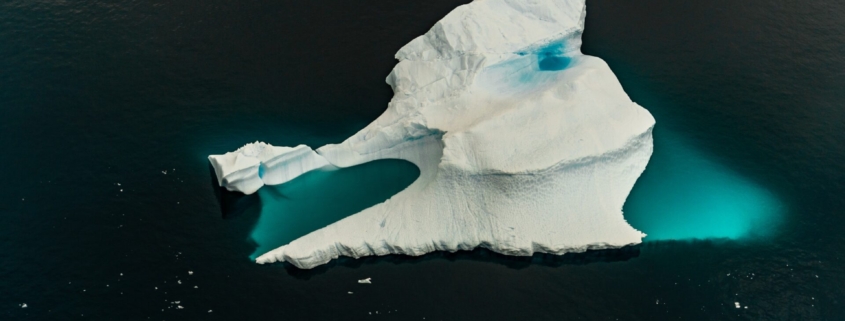Antarctic iceberg melt rate variability and sensitivity to ocean thermal forcing
Abstract
Changes in iceberg calving fluxes and oceanographic conditions around Antarctica have likely influenced the spatial and temporal distribution of iceberg fresh water fluxes to the surrounding ocean basins. However, Antarctic iceberg melt rate estimates have been limited to very large icebergs in the open ocean. Here we use a remote-sensing approach to estimate iceberg melt rates from 2011 to 2022 for 15 study sites around Antarctica. Melt rates generally increase with iceberg draft and follow large-scale variations in ocean temperature: maximum melt rates for the western peninsula, western ice sheet, eastern ice sheet and eastern peninsula are ~50, ~40, ~5 and ~5 m a−1, respectively. Iceberg melt sensitivity to thermal forcing varies widely, with a best-estimate increase in melting of ~24 m a−1°C−1 and range from near-zero to ~100 m a−1°C−1. Variations in water shear likely contribute to the apparent spread in thermal forcing sensitivity across sites. Although the sensitivity of iceberg melt rates to water shear prevents the use of melt rates as a proxy to infer coastal water mass temperature variability, additional coastal iceberg melt observations will likely improve models of Southern Ocean fresh water fluxes and have potential for subglacial discharge plume mapping.

- Author:
- Ellyn M. Enderlin, Carlos Moffat, Emily Miller, Adam Dickson, Caitlin Oliver, Mariama C. Dryák-Vallies, Rainey Aberle
- Publication:
- Journal of Glaciology
- Publisher:
- Cambridge University Press
- Date:
- Aug 14, 2023




Leave a Reply
Want to join the discussion?Feel free to contribute!